

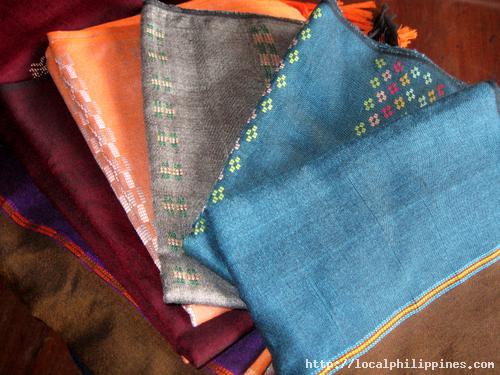
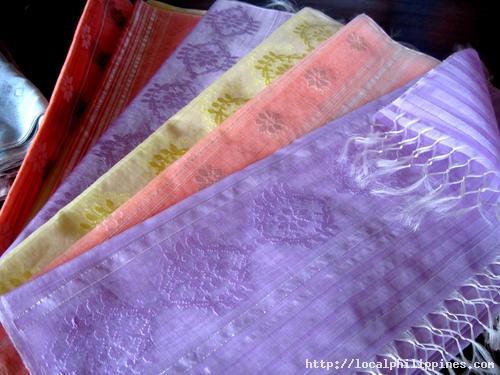
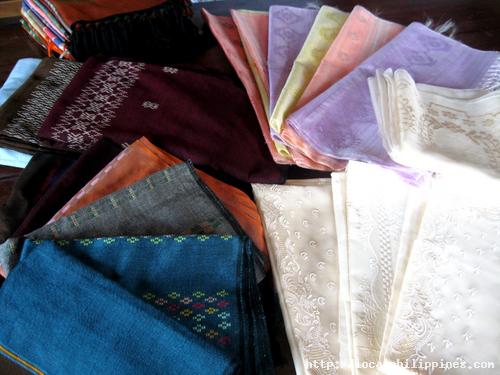
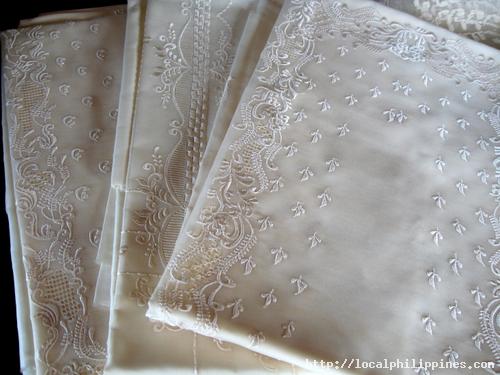
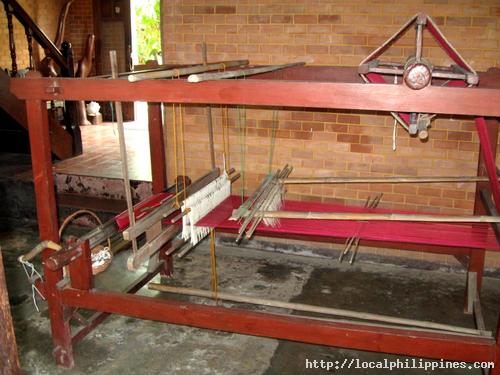
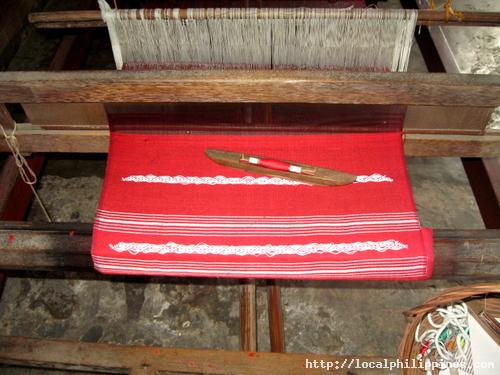
Iloilo's textile products were commonly called as "sinamay" or "hablon". Sinamay is a Hiligaynon word which means "to weave by hand", while hablon is derived from the Hiligaynon term "habol", which means "to weave".
The most valuable of the native manufactured textiles was "sinamay" made of piña or pineapple fiber. Together with Camarines in southern Luzon, Iloilo was considered as the best producer of piña. Sinamay was either pure or mixed with silk imported from China. The coarser fabrics, on the other hand, were woven from cotton, abaca, and maguey fibers.
Because of the great demand for mixed sinamay as exports to Luzon and other countries, silk was increasingly imported from China by way of Manila. It was promptly used in the weaving of large quantities of native goods annually produced in the populous towns of Iloilo such as Molo, Jaro, Arevalo, Mandurriao, Guimbal, Miag-ao, Sta. Barbara and Janiuay. It was estimated that about $400,000 worth of raw silk was annually sent to Iloilo in the late 1850s.
Read more about Iloilo's prized textile at Bridging the Gap by Henry F. Funtecha.